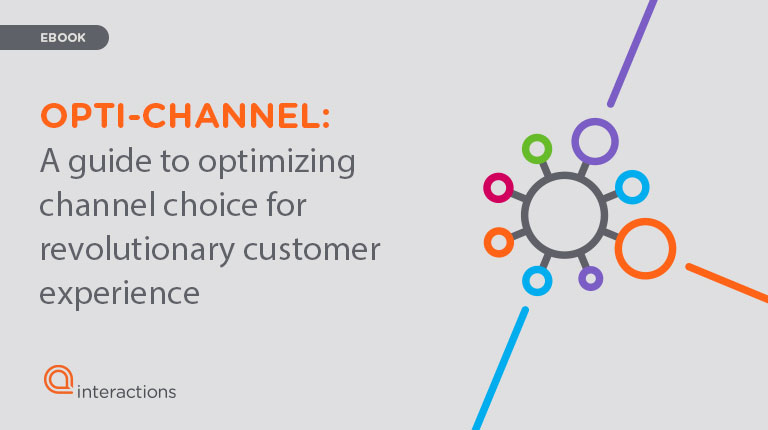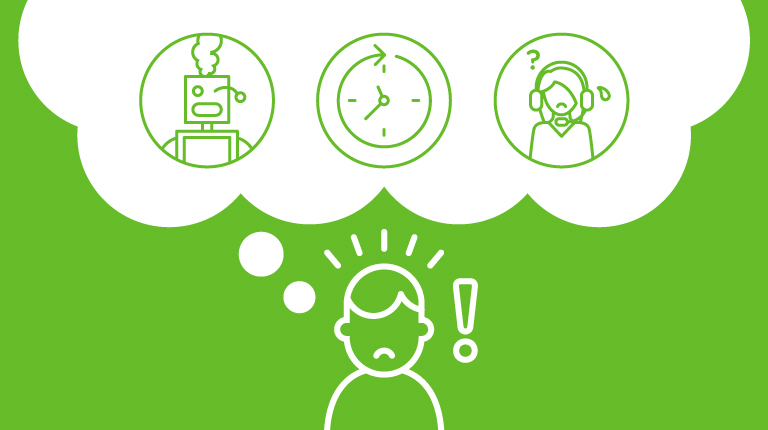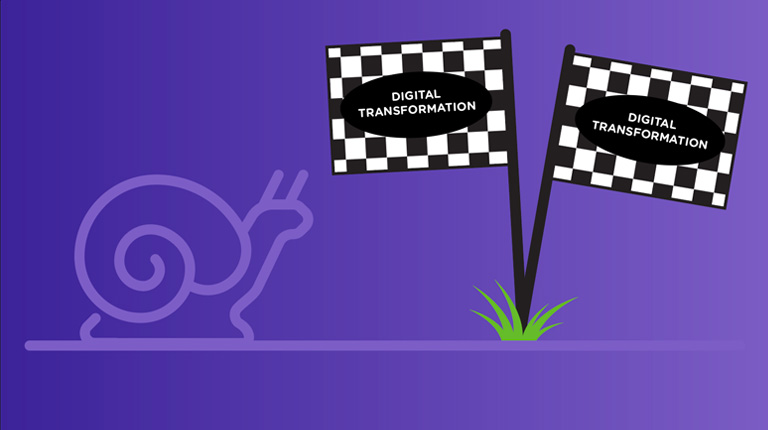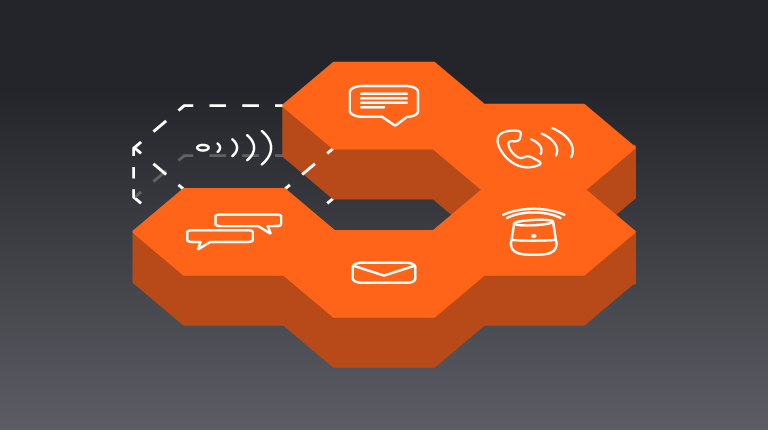Omnichannel customer engagement seemed like the promiseland. Customers were given the ability to engage on any of the multiple channels a brand deployed and jump between those channels with ease. What’s a better experience than that? Giving control and options to customers seemed like a logical way to improve the customer experience.
With several years of omnichannel experience under our belts, we know that reality didn’t play out well for brands. In fact, it’s fair to say that the journey to omnichannel wasn’t the smooth, consistent, and contextual experience that brands expected to deliver.
Sure, in theory, omnichannel is a more cohesive approach. It improves from the days where multiple channels were offered separately from one another and never passed context.
However, we still failed customers. Why?
It’s a loaded question, but the answer points back to customers and how they want to engage. We know now that more channels isn’t always better. Adding channel on top of channel without any connective tissue didn’t deliver a great experience because brands weren’t designing with the customer in mind. Rather, brands were expanding their offerings with the assumption that great CX would eventually follow. Newsflash–great CX never followed.
The harsh reality is that customers don’t think in terms of separate channels, instead they think about their experience with a brand holistically. Were they able to achieve what they needed to do with ease, start to finish? If the answer is no, then regardless of the number of channels offered, that experience was a failure.
We now know that the idea of a customer jumping between channels isn’t ideal unless context can be carried over. It seemed like a major advancement in CX technology– a customer can transition from voice to text, then maybe to email, and eventually back to voice. However, customers don’t often engage in this way. This channel jumping felt more like an olympic sport than a CX strategy.
A simpler approach–one that offers more than one channel, but also has context carried over and is personalized is actually more effective.
If Omnichannel is over, What’s next?
If brands want to crack the code on great CX, optichannel engagement is the way to go.
What does this look like in practice?
Optichannel can take many forms, but the best examples show a connectivity between channels that makes transactions easier for customers.
Let’s look at an example– a dreaded situation–you have to rebook a reservation. Whether it’s a flight that was canceled or an appointment that no longer works with your schedule, it’s one of the more annoying transactions to complete.
You call a brand to kick off the rebooking and everything is going well, that is until you are forced to listen to a never ending list of dates and times for your new appointment. The audio starts playing back times and dates, as you frantically try to keep up and compare your options to your own calendar.
Deploying optichannel for this transaction would have turned a painful conversation into an efficient one. Rather than rattling off the next five open slots, a brand could offer to text over options for the customer to view. This would mean the customer can read their options and match them to their calendar. It’s easier, more intuitive, and optimizes each channel for the task at hand.
Optichannel is CX Magic
Optichannel allows customers to use multiple channels in a single conversation simultaneously to ensure a great customer experience. This is where true CX magic happens. Imagine being able to fill out a form with personal information via text while you’re still on the line with a brand? This allows you to get things done faster and uses the best of each channel.
The channels that brands offer can be so much more than just words. Rich communication that includes images, forms to fill, browsing options, and location finders enhance conversations and give the optimal experience on each channel.
The other key to an optichannel strategy is remembering a customer across different conversations–even on a different day or on another channel. This type of persistent context makes life easy for customers. They can do things faster, with less frustration. The bonus is that they get that holistic experience they crave.
How to get there?
Sure, optichannel seems like a lofty goal, but it’s achievable.
The key is keeping customers at the center of your strategy. The more data you have on the way your customers engage today, the better. This will allow you to get closer to how your customers actually engage. Data will help you better understand their preferences, where automation fails them, and what’s frustrating about their experience today.
The other necessity is finding a partner who is experienced in optichannel engagement and designing compelling customer conversations. This support will provide needed conversational AI and CX expertise and accelerate the optichannel journey.
To learn more about the benefits of optichannel customer experience, check our, A Guide to Optimizing Channel Choice for a Revolutionary Customer Experience





